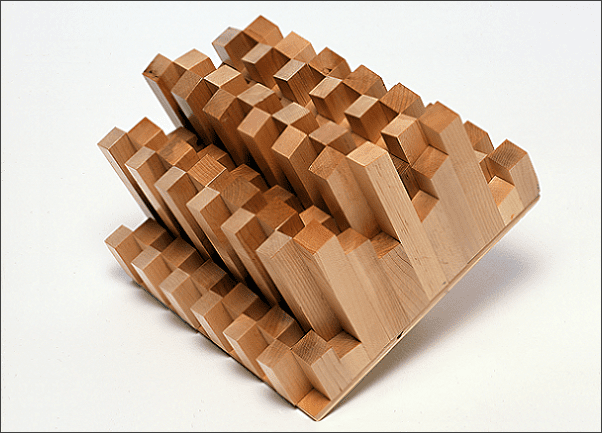Sound is a vibration that travels through the air or another medium and can be heard when it reach our ears. Acoustics is a study of production, control, transmission, reception and effects of sound. We are not only gifted to listen to musical notes and enjoy melodies but, sound also can affect our mind, body and soul. A good sound produced by a guitar can be pleasing to hear and may have a positive impact on our mind whereas the honking of cars on the road at the same time be very annoying!

Architectural acoustics is about good speech intelligibility, enhancing the quality of music, or suppressing noise. We would want some spaces of our house to be lively and chirpy whereas some parts of the houses are better when silent and calm. How do we achieve this in different spaces of a single house or building?
Technology today has advanced enough to provide solutions to such acoustical issues. The kind of materials we use have tremendous effect on controlling sounds. Materials could absorb, reflect, diffuse or totally cut-down on its transmission. So, if your residence is located near a noisy road junction, do not worry! Let’s look at some of those materials which are of great help in controlling sounds.
Types of Acoustic Materials used
1. Sound Absorbers
Sound reflections may create echoes and hinder speech-intelligibility which can turn any work environment into an unpleasant one. Therefore, to avoid such reflections sound-absorbent materials are used. Some of the commonly used absorbents are:
Acoustical foam panels, Fabric-wrapped acoustical panels, Acoustical ceiling tiles, Fibre-glass blankets/rolls, Baffles and Banners.
Acoustical foam
2. Sound Diffusers
Sound diffusers are used to reduce the intensity of sound by scattering sound waves in different directions over an expanded area as opposed to what an absorbent material would do but the function remains the same – treating sound aberrations in spaces such as echoes. Diffusers come in various types-
Maximum length sequence diffuser, Quadratic-residue diffuser, Primitive-root diffuser and Optimized diffuser are just a few to be names.

Quadratic-residue diffuser
3. Noise Barriers
As the name suggests, noise barriers are materials that completely cut-down the airborne transmission of sound. The function of this type could vary depending on requirements but, they are majorly used to reduce noise pollution in spaces which receive high intensity sounds. High intensity sounds could have negative impact on our health.
The materials used to carry out the function of blocking sounds could be anything like bricks, concrete, steel, plastic, insulating-wool etc. Trees are also effective in acting as sound barriers.

Precast-concrete noise barrier walls
4. Sound Reflectors
Sound reflectors are acoustical materials used to reflect and concentrate waves of sounds to a particular point. This property helps in amplifying sounds without the use of artificial amplifiers. This is generally avoided in smaller spaces as concentration of sounds results in high intensity sounds which are harmful. Gypsum boards, vinyl or fabric-finishes are commonly used reflective materials.

Ceiling-mount reflector panels
– Yashaswini Poddar





